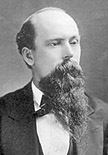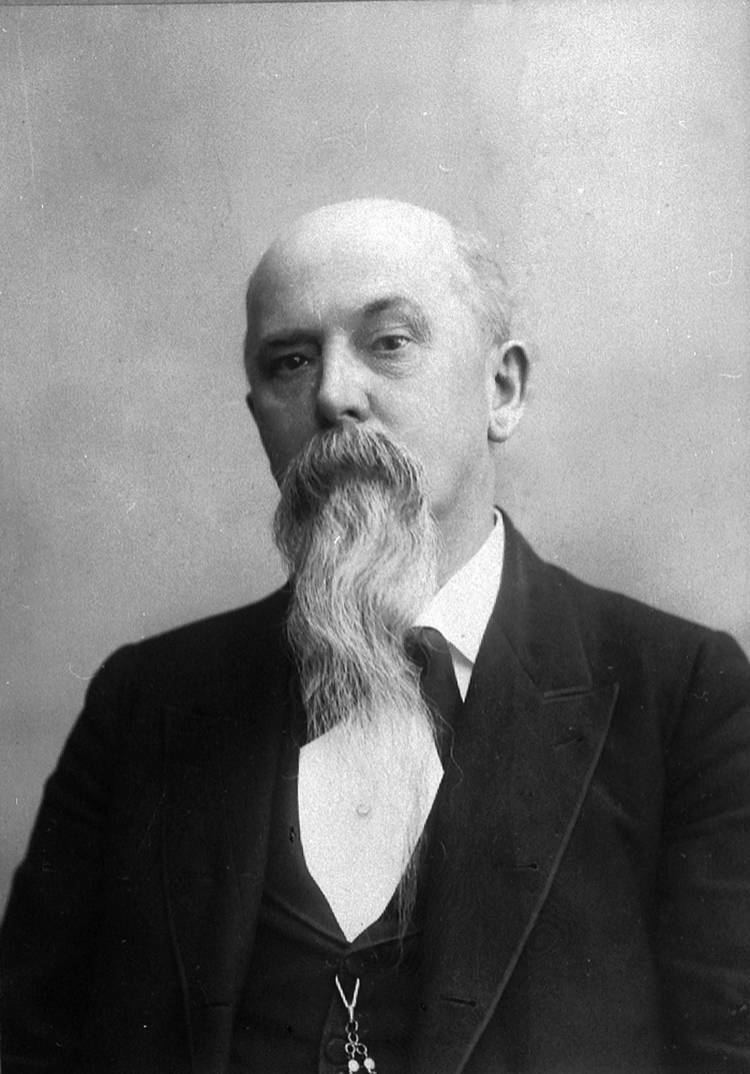Name Charles Hackley | ||
 | ||
Died January 10, 1905, Muskegon, Michigan, United States | ||
Charles hackley park carefully designed to send a message
Charles Henry Hackley (January 3, 1837 – January 10, 1905), son of Joseph H. Hackley and Salina Fuller Hackley, was born in Michigan City, Indiana, on January 3, 1837. He was an important figure in the history of Muskegon, Michigan. With his father he arrived in Muskegon in 1856 from Indiana to work on the creation of the early Michigan roadways. Later he became the owner of many acres of cutting grounds throughout Michigan. Later on (with business partner Thomas Hume) he opened the Hackley-Hume Lumber Mill on Muskegon Lake in 1854. After many successful years the mill of operation, the mill closed in 1894, after most of Michigan's Lower Peninsula had been effectively deforested. While many lumber mill owners moved their operations to the Pacific Northwest, Hackley remained in Muskegon and focused on urban revitalization of that city.

Hackley became Muskegon's biggest philanthropist. In his own words: "A rich man to a great extent owes his fortune to the public. He makes money largely through the labor of his employees....Moreover, I believe that it should be expended during the lifetime of the donor, so that he can see that his benefactions do not miscarry and are according to his intent....To a certain extent, I agree with Mr. Carnegie....that it is a crime to die rich."
Hackley's gifts to the city of Muskegon were valued at $12.0 million in 1905. They included:
Hackley was much more than a philanthropist. He and his business partner, Thomas Hume, were strong supporters of the city of Muskegon. Armed with funding from the Muskegon Industrial fund, they were able to convince several companies to open shop in Muskegon (most notably, Brunswick, Central Paper Co (now Sappi Fine Paper) and Continental Motors (now L-3 Communications Inc.)). Growth of these companies would later provide thousands of jobs to Muskegonites for much of the twentieth century. Hackley is not only credited with his gifts to the city, but also stopping the ebb of people leaving Muskegon for jobs elsewhere after the lumber industry folded.
Both Hackley's and Hume's homes are still standing. After a major restoration in the mid-1990s, they are open for tour to community visitors. Also open for tour is The City Barn, which served as the pairs stable for horses and equipment. In addition, a replica of the building that housed the C. H. Hackley Hose Company No. 2 also serves as a museum. All are part of the Muskegon County Museum which is located downtown.
Hackley also founded the neighboring city of Muskegon Heights.
His portrait was painted in 1904 by artist Herbert A. Collins. The painting was hung in the then newly completed Hackley Hospital.
